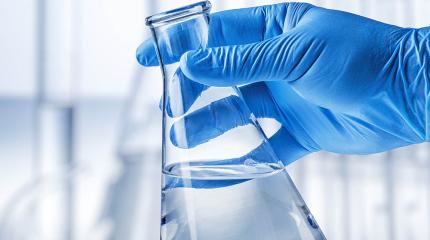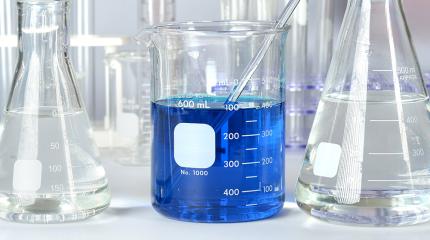Technic Electrochemical Analyzers
The instrumental development of electrochemical analyzers makes it possible to obtain information that more adequately describes the intrinsic multivariate and complex reality of dynamic physicochemical phenomena present in electroplating solutions. Along with the development on the instrumental side, development on the data/analytical side is natural and beneficial. Chemometrics makes it possible to investigate an interplay between numerous variables characterizing a sample analyzed by modern electroanalytical instrumentation. Chemometrics offers an entire toolbox of techniques for compression of multivariate data sets: two-way (Principal Component Analysis, PCA) and multiway (Parallel Factor Analysis, PARAFAC) for data compression and information extraction.
Data Analysis

Chemometrics
Chemometrics is applied to solve both descriptive and predictive problems in experimental natural sciences, especially in chemistry. In descriptive applications, properties of chemical systems are modeled with the intent of learning the underlying relationships and structure of the system (i.e., model understanding and identification). In predictive applications, properties of chemical systems are modeled with the intent of predicting new properties or behavior of interest. In both cases, the datasets can be small but are often very large and highly complex, involving hundreds to thousands of variables, and hundreds to thousands of cases or observations.
Chemometric techniques are particularly heavily used in analytical chemistry and metabolomics, and the development of improved chemometric methods of analysis also continues to advance the state of the art in analytical instrumentation and methodology. It is an application-driven discipline, and thus while the standard chemometric methodologies are very widely used industrially, academic groups are dedicated to the continued development of chemometric theory, method and application development.
Our Chemometric methods are categorized as the following:
- Data Compression
- Regression
- Outlier Detection
- Classification for Pattern Recognition
- Calibration Transfer Methods

Classical Chemical Analysis
Analytical chemistry studies and uses instruments and methods used to separate, identify, and quantify matter.[1] In practice separation, identification or quantification may constitute the entire analysis or be combined with another method. Separation isolates analytes. Qualitative analysis identifies analytes, while quantitative analysis determines the numerical amount or concentration.
Analytical chemistry consists of classical, wet chemical methods and modern, instrumental methods.[2] Classical qualitative methods use separations such as precipitation, extraction, and distillation. Identification may be based on differences in color, odor, melting point, boiling point, radioactivity or reactivity. Classical quantitative analysis uses mass or volume changes to quantify amount. Instrumental methods may be used to separate samples using chromatography, electrophoresis or field flow fractionation. Then qualitative and quantitative analysis can be performed, often with the same instrument and may use light interaction, heat interaction, electric fields or magnetic fields . Often the same instrument can separate, identify and quantify an analyte.
Analytical chemistry is also focused on improvements in experimental design, chemometrics, and the creation of new measurement tools. Analytical chemistry has broad applications to forensics, medicine, science and engineering.
